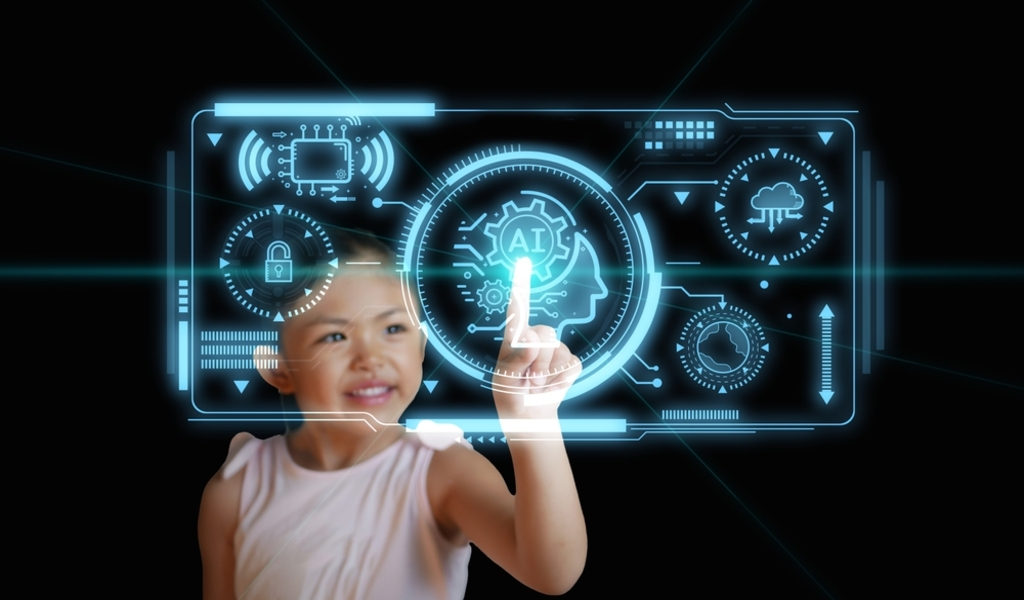The education sector is not a stranger to technology – with tech developments, the transformation of this field becomes evident. It used to be that the only way one could get a college degree was by physically going to college, meeting professors face-to-face, and writing tests within a collegiate setting. But that is not required anymore – thanks to online education, you can get your college degree from wherever you are.
The second innovation that is also becoming widespread in the educational environment today is generative artificial intelligence. For instance, GPT-3 by OpenAI can write essays and produce different types of learning materials in a matter of seconds. All that you have to do is feed it with the right prompt. Moreover, students studying computer science can use AI-enabled systems such as Copilot to create codes.
The above are not the only things that generative AI can create. These systems allow you to generate images, graphs, animations and conduct lab simulations. So, in what way does generative AI revolutionize education? Let us explore the advantages of this technology, ways to overcome its shortcomings, and its future in education.
Facilitates Personalized/Adaptive Learning
Students’ needs are different from person to person. It is based on the fact that students differ in characters – intelligence level, understanding rate of academic content and specific aspects where they need help.
When certain needs of students are considered during the process of teaching, then they learn faster. Unfortunately, the old forms of education tended to use a blanket approach in delivering knowledge. It’s one of the reasons some students struggle with coursework and have to seek help from sites like EssayUSA writing service.
Generative AI can detect students’ abilities exhaustively. In the process, the technology can determine the student’s strengths and weaknesses in specific areas. Take the example of two students – one struggling with algebra and another finding challenges in geometry. For the first case, the system can suggest more algebra questions to help the student improve in this area. The second student then receives more geometry questions. That’s an approach that is personalized based on the needs of the specific students.
How does the data from the generative AI system help educators? Educators can know the specific areas to emphasize when handling students. As a result, students can improve their academic performances.
Moreover, the technology facilitates adaptive learning. Based on the feedback from the system, educators can tell which specific content suits students. They can adjust the curriculum to meet the specific students’ requirements and even the job market.
Fast and Efficient Content Generation
Efficiency is a critical part of the teaching and learning process. For instance, it should be easy for students to find the academic content they’re looking for. Teachers should also find it easy to create a course outline.
In the past, teachers had a lot to do to facilitate the learning process. For instance, they had to determine the topic outlines, come up with specific learning activities, and even draft lesson plans. The time-consuming nature of the teaching process meant teachers did not have time to pay attention to each student’s needs.
Generative AI now makes it easy for teachers to create teaching materials like lesson plans and topic outlines. So, teachers can now save time and energy as they enlighten their students on different topics. As a result, educators find time to help students solve other social challenges they are facing.
Moreover, generative AI systems can suggest interactive learning activities for teachers to use during the learning process. As a result, it makes the learning process more interesting and enjoyable. Consequently, educational outcomes improve.
However, AI generative content isn’t always accurate. So, it’s important for both learners and teachers to assess the generated content carefully and refine it where necessary. Additionally, generating content shouldn’t replace individual creativity.
Another problem is an overreliance on generative AI by students and teachers. For example, students may want to write all their essays using generative AI tools like ChatGPT.
Even though it reduces academic burden like when they pay for essay online, it has some negatives, like killing creativity. It should be made clear the tools are specifically for assisting learning. Teachers and students should still spearhead processes such as:
- Research
- Innovation
- Experimentation and assessment
Fast/Smart Grading of Tests
Imagine a situation where a teacher issues a 5-page essay. Assessing such an essay can take several hours. Still, the teacher may find it difficult to give feedback to all the students in good time. Generative AI can make assessment easy and more efficient. Meanwhile, teachers find time to focus on other areas of learning that can’t be automated.
The system assesses the essays quickly and accurately. For instance, it awards grades based on a pre-determined rubric. Moreover, it provides feedback on the specific areas students need to improve. When students work on these areas, they boost their learning outcomes, which translates to improved academic performance.
It’s important to note that generative AI isn’t always accurate in its assessment of academic papers. Teachers still have the responsibility to review the pieces to determine the areas of weakness. However, it will get better as the technology improves. That means it could prove to be a game changer in academic content assessment in the future.
An Excellent Addition to Virtual Simulation
Students love it when they can experience what they learn in real-life situations. Learning theories isn’t enough – you should know the application of these concepts. In some cases, it’s not easy to go to the locations of historical events. That’s where generative AI comes in.
Take an example of students learning about the Egyptian pyramids. They can use virtual reality goggles to explore 3-D images of these magnificent architectural designs. That makes education more realistic and relatable. Moreover, the technology can help students to simulate scientific experiments without necessarily going to physical labs.
Recapping
Generative AI technology is a game-changing tool that is being embraced in education. The technology facilitates customized learning, makes academic content creation easy, and can assess academic work accurately.
Moreover, the technology enables virtual simulation in schools, which makes learning more realistic and interesting. Generative AI technology is undergoing improvements, which means it will get even better in the future. However, while teachers and students can embrace it for better learning outcomes, they shouldn’t over-rely on it.
SEE ALSO: Boost Your Netflix Experience: How StreamFab Netflix Downloader Enhances Your Offline Viewing
⚠ Article Disclaimer
The above article is sponsored content any opinions expressed in this article are those of the author and not necessarily reflect the views of CTN News








